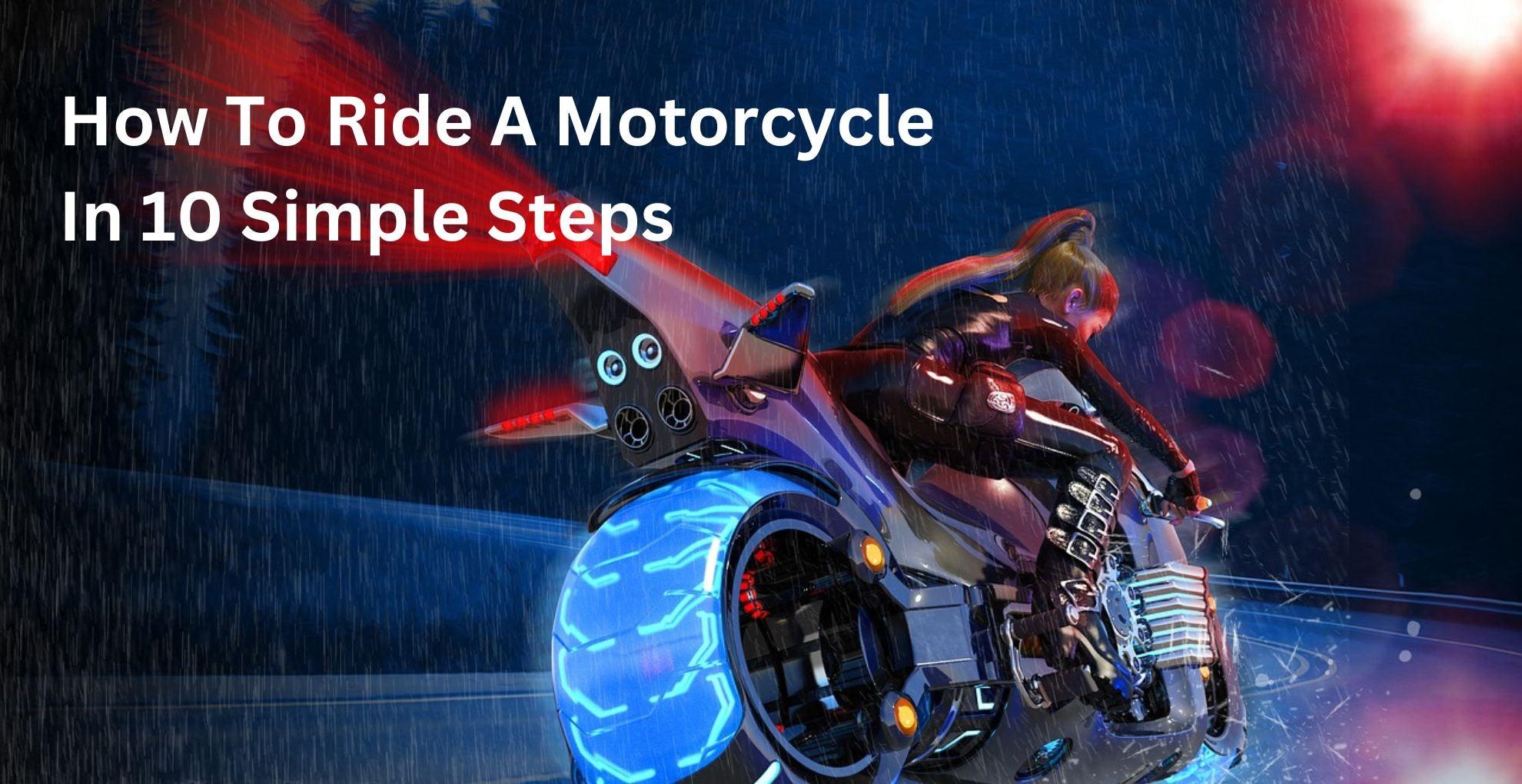
How To Ride A Motorcycle In 10 Simple Steps | XYZCTEM®
10 Easy Steps to Riding a Motorcycle
Getting The Right Gear
Protective gear is vital for every rider, either a professional or an amateur. As free as an open ride can be, it is important to be protected in case of unseen accidents. So, here are the must-have protective gears you should equip yourself with any time you hit the road
Helmet: Choose a helmet that fits properly with your head shape for optimal protection.
Jacket: purchase a jacket with padding in critical areas like the shoulders, elbows and back to provide impact protection.
Boots and Gloves: Get boots and gloves that fit well and provide ample comfort for long rides.
Learn The Controls And Symbols
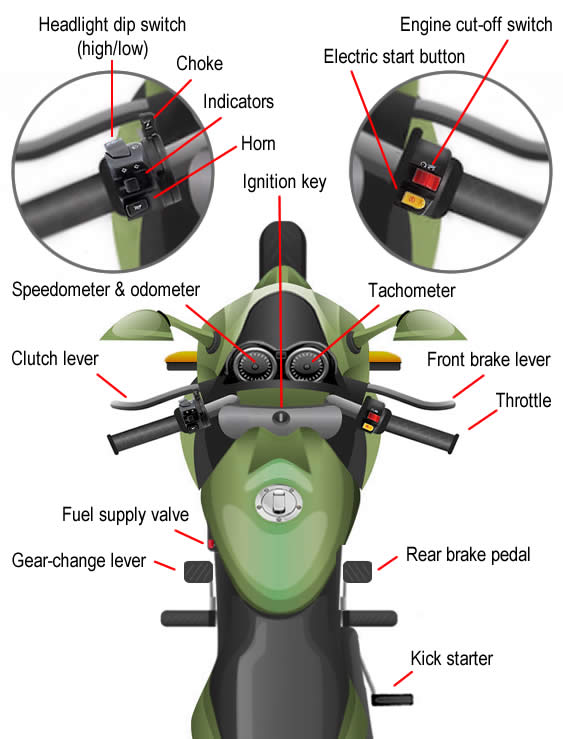
One of the basic things to do while learning how to drive a motorcycle is to familiarize yourself with motorcycle basic controls. We would list some of the basic motorcycle controls; however, it would be a good idea to consult your motorcycle's manual for the specifics of operating your motorcycle.
Handlebars: Controls the direction of the motorcycle. Located at the front of the motorcycle and attached to the steering head.
Throttle: Regulate the engine power output. It is typically located on the right handlebar near the grip. By twisting the throttle towards you, you increase the engine's power, and by twisting it away from you, you reduce the power.
Front brake lever: Located on the right handlebar next to the throttle. When you squeeze the lever towards the handlebar, it activates the front brake system allowing you to slow down or stop the motorcycle.
Rear brake lever: Located on the right side of the bike near the right footrest. When you press down on the lever with your right foot, it activates the rear brake and helps you slow down or stop the motorcycle.
Clutch: Allows you to control the transmission and change gears smoothly while driving. It is located on the left handlebar of the motorcycle.
Starter: Initiate the engine's ignition process. Located near the engine, either on the bottom or side of the engine casing.
Inspect The Bike

Before every ride, it is important to inspect your motorcycle to see if it is in good condition and safe for riding. Take a look at the tires, the fluids, the headlight and taillight, the turn signals, batteries, mirrors and the clutch and throttle.
Get On The Bike

Now that you know the first steps on how to drive a motorcycle, it is time to get on the bike. To properly get on your bike, stand and face the motorcycle from the left side with the saddle and handlebar in view. Swing your leg over the saddle and position yourself to straddle the bike. Hold onto the handlebar for stability, and place your other foot on the ground to support yourself.
Start The Engine

Starting the engine can differ depending on the make and model of your motorcycle. However, here is the appropriate mode of starting the engine. First, ensure the bike is in neutral by pulling the clutch lever in. Then turn the key in the ignition to the "on" position. Press the engine kill switch to the "run" position. If your bike has a Kickstarter, swing it down and kick firmly to ignite the engine. Otherwise, engage the bike starter button or push the electric starter. Once the engine fires up, release the clutch slowly while gently twisting the throttle to get moving.
Begin Driving The Motorcycle
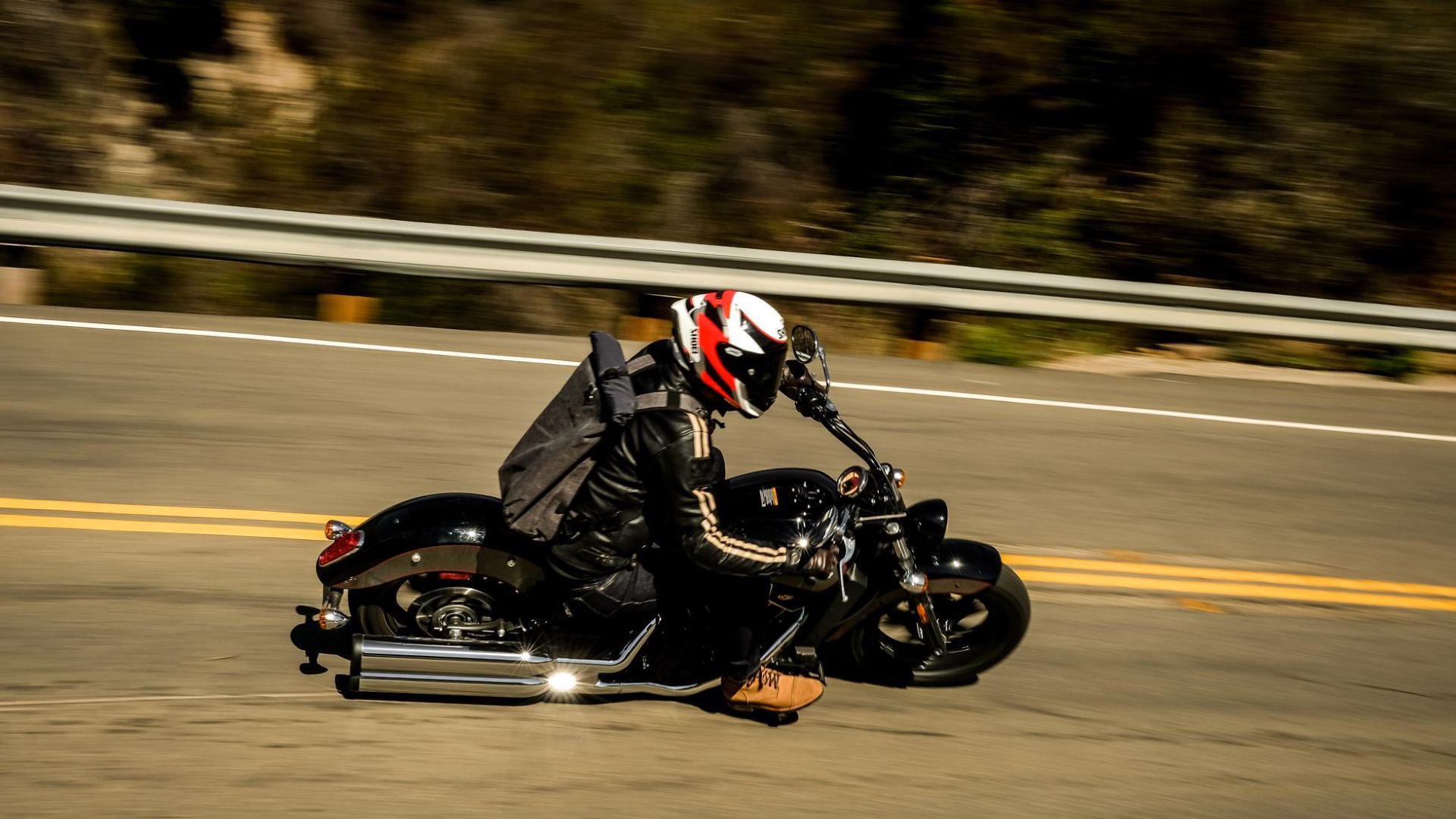
Once you have warmed up and started your engine, the next step is to begin to drive. You begin by shifting into first gear by slowly releasing the clutch and gently twisting the throttle. With this, the motorcycle starts moving forward. Maintain your balance by keeping your feet on the foot pegs and your hands on the handlebars. Use the throttle, clutch and brakes to control your speed and movement.
Practice Shifting or Changing Gears

Shifting gears on a bike involves adjusting the position of the chain on different-sized gears to optimize pedalling efficiency speed. When practising, select the appropriate gear, and use the left-hand shifter to control the front derailleur and the right-hand shifter to control the rear derailleur. Familiarize yourself with different gear combinations through practice. Over time, you will develop a sense of which gears work best for specific riding conditions.
Try Lane Positioning

When learning how to drive a motorcycle, try to experiment with different positions within a lane to enhance safety and visibility based on the traffic conditions and road layout. Riding in the centre of the lane is beneficial when you want to discourage riders from passing too closely, on the right side when traffic flow is moderate, and on the left side when you want to turn left soon to avoid obstacles on the road.
Practice Turning
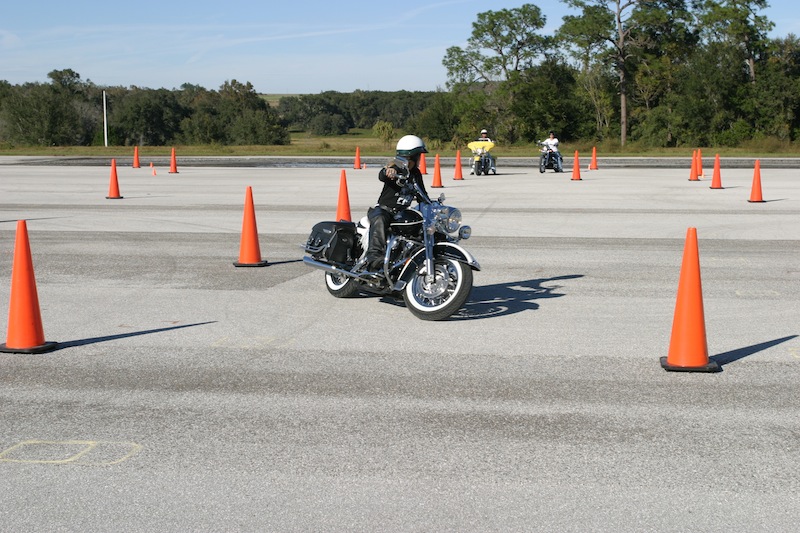
When learning how to drive a motorcycle, you need to exercise caution when turning. First, you need to understand the basics of steering. When you want to turn, shift your weight slightly in the direction you want to go and tilt the handlebars in the same direction. Next, choose an appropriate speed for the turn. As you enter the turn, keep your eyes on the path ahead and slow down if the turn is sharper or if you are unsure.
Practice Stopping

Now that you have practised starting, shifting, and turning your bike, you need to know how to come to a stop. This might be a little tricky, but it is easy. It is best to employ your rear brake when you want to stop. Pull in the clutch when braking and gearing down. As you slow down, shift your body weight backwards while squeezing the brakes to help you maintain balance. Ensure you don't engage the brakes completely to avoid causing your bike to stop abruptly and jolt.
Conclusion
Reading about how to drive a motorcycle might not be comparable to having a professional teach you in person. You can take a riding course if all of this does not resonate clearly with you. Remember, riding is fun, but without the basic knowledge of how to ride, it can become dangerous for you as a rider.

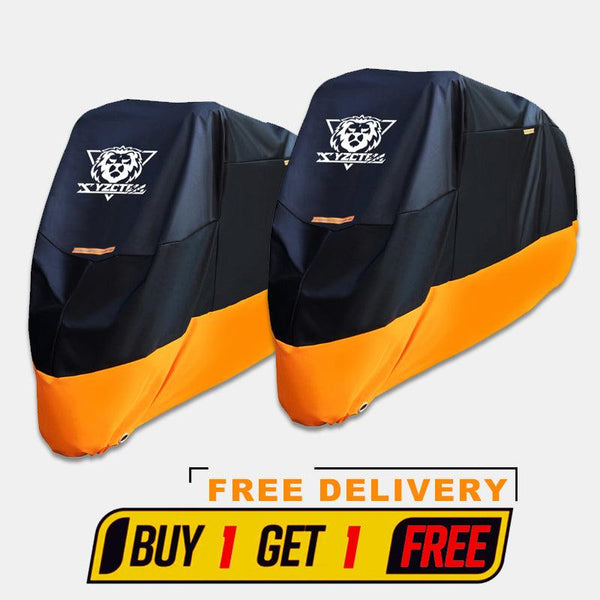
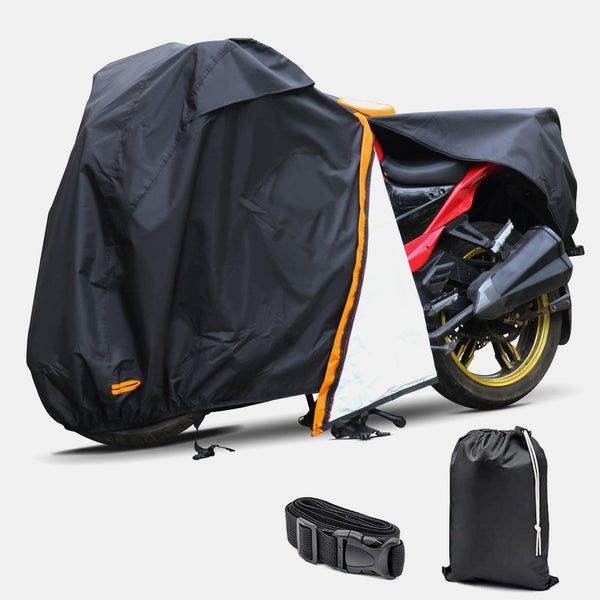
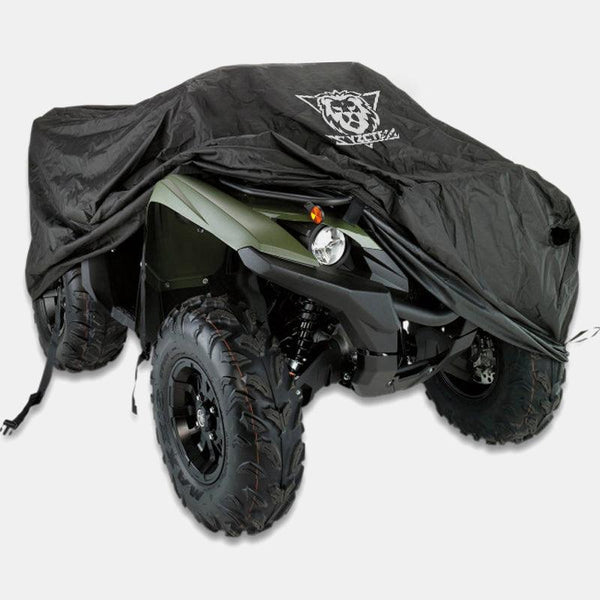
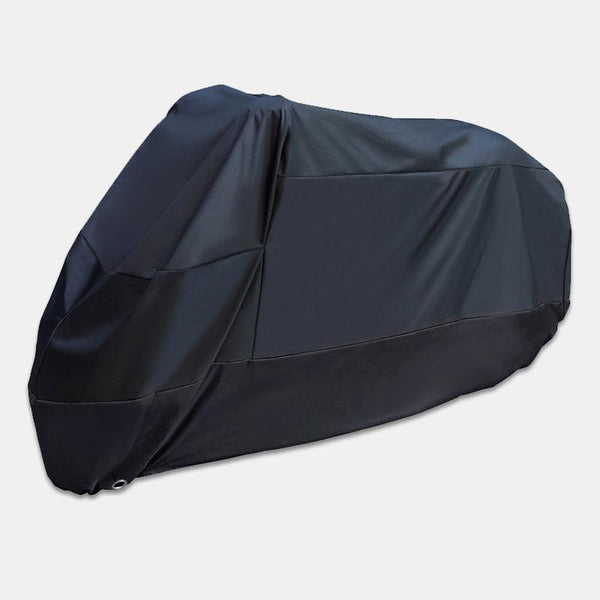
Leave a comment
Your email address will not be published.